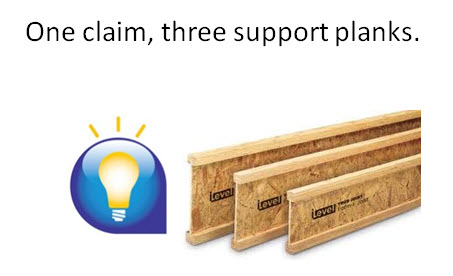My Brand Strategy Secret.
Clients pay me for two deliverables: brand strategy and marketing plans. I can’t do the latter without the former. It’s possible to pretend, even hide the brand strategy component, but without strategy the marketing planning is a little bit like paint-by-numbers.
 So how do I approach brand strategy development? I look for proof. How does a guy walk into a company and in a matter of days or week know a brand well enough to create a strategy that will operationalize marketing success? Proof. A hunt for proof.
So how do I approach brand strategy development? I look for proof. How does a guy walk into a company and in a matter of days or week know a brand well enough to create a strategy that will operationalize marketing success? Proof. A hunt for proof.
Proof of what, you ask? Ahhh, that’s the $64,000 question. At the beginning, it’s way too early to tell. Each brand presents a clean slate. As I trek through fact-finding, data, sales, consumer and business partner interviews, I come across lots and lots of claim-ish fluff. But when tangible proof rises up, it is easily noted. Proof may be found in behavior. In deeds, business decisions, investments. Product taste. Product experience. It’s everywhere. With enough proof arrayed and smartly clustered, the brand planner can begin to formulate the brand claim and key support planks. And that is the secret sauce of What’s The Idea?. Proof hunting.
Rest in peace David Carr.




